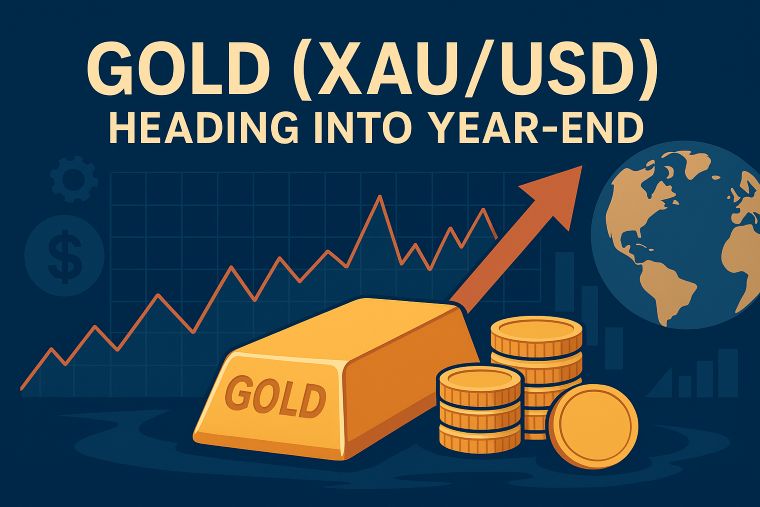3 min to read
The USDJPY exchange rate saw a temporary decline
touching the lower 142 yen range. This drop was a result of the recent pause in buying pressure on the US dollar.

“The USD/JPY exchange rate saw a temporary decline, touching the lower 142 yen range.”
In today’s New York foreign exchange market, the USD/JPY exchange rate saw a temporary decline, touching the lower 142 yen range. This drop was a result of the recent pause in buying pressure on the US dollar. However, during the Tokyo trading session, the pair had managed to climb to the upper 143 yen range, only to face downward pressure in the NY session, briefly falling to the mid-142 yen range.
The initial weakening of the yen against the dollar was triggered by the Bank of Japan’s announcement of an emergency operation. Nevertheless, amidst market volatility in equities, the yen’s safe-haven appeal weighed on USD/JPY. On the other hand, the US dollar remained buoyed by bullish expectations, which provided some support to USD/JPY on the downside.
The US dollar has been showing resilience, largely due to rising US Treasury yields and the global stock market downturn driven by risk aversion. However, with tomorrow’s US employment data release looming, investors have adopted a more cautious approach, leading to potential adjustments in dollar-long positions.
This week, the Bank of Japan issued its second notification of an emergency operation. Speculation has arisen among some overseas players regarding the possibility of the Bank of Japan tolerating gradual 0.05% point increments in the 10-year Japanese government bond yield. This strategic move is believed to help mitigate the upward pressure on USD/JPY, amid the rapid increases in US Treasury yields.
In the EUR/USD pair, some resistance to further declines was observed, with a rebound to the mid-1.09-dollar range after a brief dip into the low 1.09-dollar range, encountering the 100-day moving average.
While the markets have moderated their expectations for a September rate hike by the European Central Bank (ECB), references to such a possibility persist. It appears that the ECB continues to emphasize core inflation. However, the slowdown in economic activity, positive news regarding underlying inflation, and the growing dovish stance among board members have all increased the likelihood that interest rates in the Eurozone have already reached their terminal rate. Recent data hardly suggests the need for additional rate hikes.
Market observers have pointed out that German exports are no longer the driving force behind the country’s economy. June’s trade balance figures showed a meager 0.1% month-on-month increase in exports, indicating that trade is no longer a robust growth driver for Germany. Factors contributing to the decline in German exports include supply chain disruptions, a more fragmented global landscape, and the strengthening of China’s manufacturing industry.
As for GBP/USD, it experienced a full recovery during the London session, rallying back to the 1.27-dollar level after a temporary decline. As expected, the Monetary Policy Committee (MPC) of the Bank of England announced a 0.25% rate hike, raising the policy rate to 5.25%. The Bank of England has maintained the phrase “the possibility of higher interest rates if inflation persists,” allowing room for potential further rate increases. However, they also acknowledged that they are closely monitoring the strength of economic recovery and have acknowledged that current policies are perceived as restrictive.
Market participants now believe that there is a high probability of additional rate hikes, but they are also considering the imminent end of the tightening cycle. Short-term financial markets have adjusted their expectations for the terminal rate, currently pricing in a 5.75% rate hike as the end point, down from the previous day’s 6.00%. This indicates a significant deviation from the earlier expectations of 6.50% or higher.
The Bank of England has issued a warning that combating inflation may require prolonged tightening of borrowing conditions, given the mounting risks to the economy. Thus, there is a possibility that they might conclude the rate hike cycle earlier and maintain higher interest rates for an extended period to achieve the objective of bringing inflation back to its 2% target.
Additionally, the Bank of England has mentioned that they will make a decision next month on the pace of quantitative tightening (QT), which involves the sale of government bonds after October.
Visit XM Official Website.

